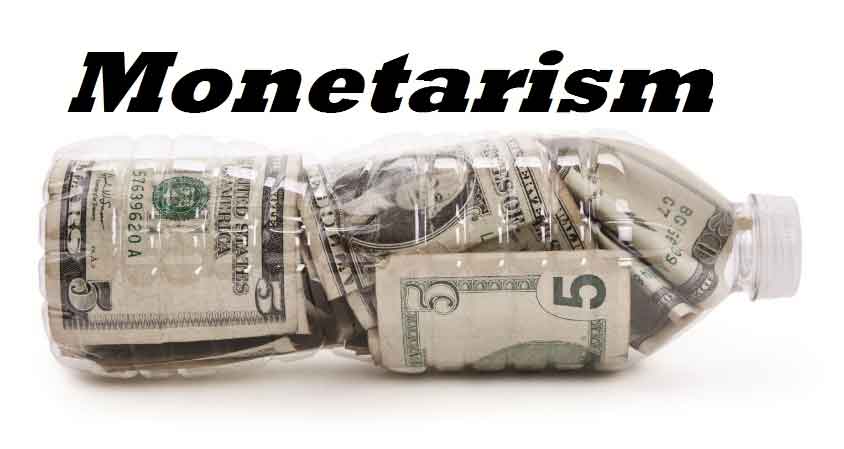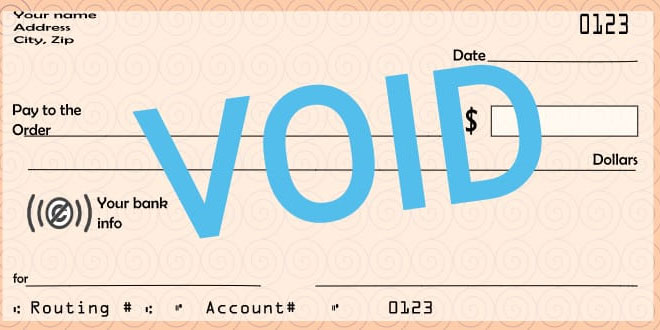The monetarist philosophy holds that monetary policy may achieve better results than fiscal policy. Spending designed to stimulate the economy increases the amount of money in circulation, but it also results in a deficit and adds to the country's national debt. Because of this, interest rates can go up.
Some people believe that central banks have greater authority than the government simply because they control the amount of money in circulation. They also tend to focus more on actual interest rates than nominal ones. The most often stated rates are known as nominal rates, whereas real rates take into account the impacts of inflation. A more accurate depiction of the cost of money may be obtained using real interest rates.
Money Supply
Recent trends have shown that monetarism is no longer popular. The quantity of money as an indicator of liquidity is becoming less helpful than in the past. However, other assets such as commodities, stocks, and home equity are not considered when calculating the money supply. Because they get a larger return on their investments in the stock market, people are more inclined to save money by investing in the stock market.
This indicates that the money supply is not a suitable measurement for these items. When the stock market goes up, individuals tend to think of themselves as being wealthier and have the tendency to spend more money. A rise in consumer spending drives up demand, which in turn stimulates economic activity.
The Fed overlooked the economic booms that resulted from the increase in stock prices, commodity prices, and home equity. This Great Recession was partly fueled by a housing market bubble which eventually burst and took an enormous portion of the economy. The housing market bubble was characterized by rising house prices, loans being granted to those who could not afford them, and investors making profits from the loans. After the bubble burst then, the Great Recession ensued.
Working
Interest rates tend to decrease if there is an increase in the money supply. This is because financial institutions now have a greater capacity to lend money, which enables them to charge lower interest rates. This indicates that customers borrow more money to purchase homes, autos, and furnishings. A reduction in the money supply causes an increase in interest rates, making loans more costly, and slowing economic development.
The Federal Reserve uses the federal funds rate to manage the amount of money in circulation in the United States. This rate is targeted by the Fed and is established for banks to charge each other for overnight loans. It affects all of the other interest rates. To achieve the desired level of the federal funds rate, the Federal Reserve employs various additional monetary measures, such as open market operations, which include buying and selling government securities.

The Federal Reserve may bring down the inflation rate by either increasing the federal funds rate or reducing the amount of money in circulation. This kind of monetary policy is characterized as being contractionary. Nevertheless, the Federal Reserve must exercise caution so as not to push the economy into a recession. The Federal Reserve has to reduce the fed funds rate and boost the money supply to avert a recession, leading to a rise in unemployment. This kind of monetary policy is referred to as expansionary.
Father of Monetarism
In his lecture to the American Economic Association in 1967, Milton Friedman helped bring monetarism to the general public's attention. He said that the remedy for inflation was to have higher interest rates, which would result in a reduced amount of money available. The result is that prices go down since fewer individuals have money to spend.

Milton also cautioned against rapidly raising the amount of money in circulation, arguing that this would lead to inflation and serve no useful purpose. However, slow and steady growth is required to avoid larger unemployment rates. It is often held that if the Federal Reserve were to control the money supply and inflation effectively, it would potentially be able to establish a Goldilocks economy. This would be an economy characterized by low unemployment and an appropriate amount of inflation.
Friedman and others squarely pointed the finger of blame for the Great Depression at the Federal Reserve. The Federal Reserve decreased the money supply, even though it ought to have increased it in response to the dollar's falling value. As a result of individuals exchanging their paper money for gold, interest rates were increased to maintain the dollar's value. The amount of money available decreased, making it more difficult to get a loan. After it, the economic downturn turned into a depression.



